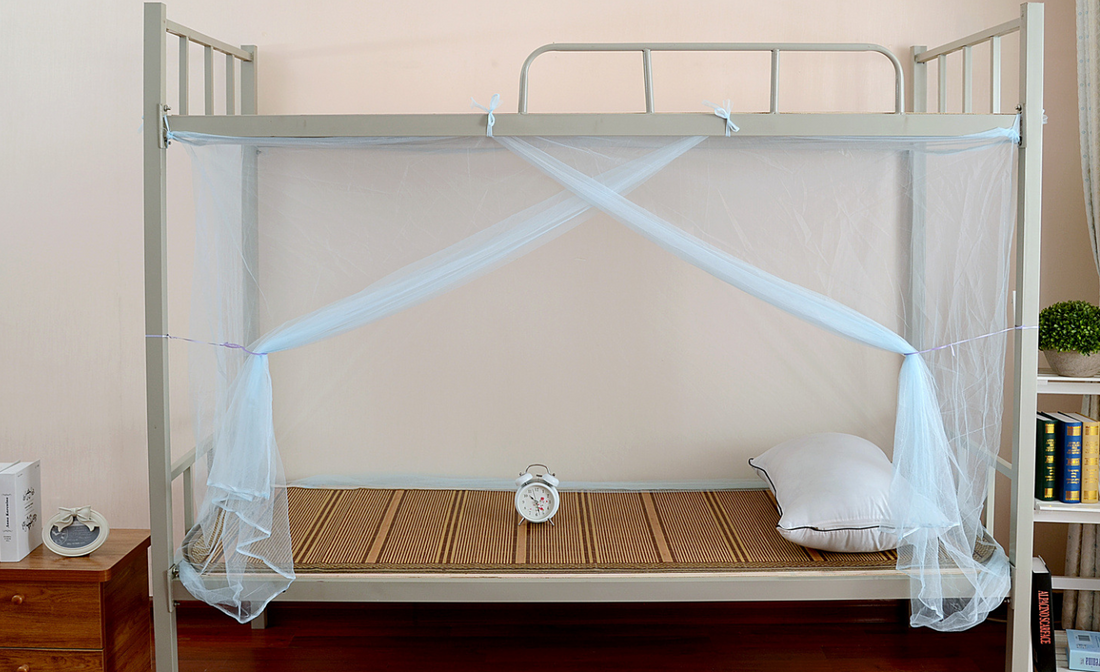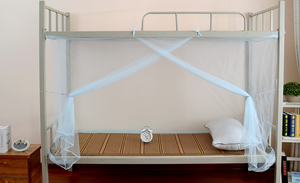
Mosquito net inspection standards and methods Inspection and factory verification services
A mosquito net, which is a mesh fabric hung around the bed frame to prevent mosquitoes, not only has the functions of repelling mosquitoes, preventing wind and absorbing dust, but also has the advantages of being environmentally friendly, breathable and reusable. The quality of the mosquito net directly affects the user experience, so it is necessary to strictly control the inspection process to ensure quality. This article will systematically introduce the inspection standards and methods for mosquito nets, helping you have a basis for inspection, factory inspection and product certification, and avoiding blind ordering.
I. Inspection Scope of Mosquito Nets
This inspection standard is applicable to all types of mosquito nets produced with interlock mesh fabric as the main material. It covers the product classification, technical specifications, testing methods, determination rules, as well as packaging, storage, and transportation requirements. Other mosquito nets made of other fabrics can also follow this inspection standard for implementation.
II. Normative References
The standard documents referred to in the mosquito net inspection include but are not limited to:
GB/T 250 - Standard for Evaluation of Color Fastness in Textile Products
GB/T 3920 - Test for Fading Resistance under Friction
GB/T 3921 Soap Wash Color Fastness Test
GB/T 3922 - Test Method for Resistance to Sweat Staining Color Fastness
GB/T 3923.1 Test for Stretch Properties of Fabrics
GB 18401 - Basic Safety Technical Specifications for Products
GB/T 19976 - Method for Determining Tear Strength
The FZ/T 01053 standard on fiber content labeling, along with several other national and industry standards, serves as the core basis for factory inspection and product certification.
III. Product Classification
Mosquito nets are classified by their appearance and structure into types such as square nets, round nets, and folding nets. Among them, folding nets specifically refer to the product form supported by foldable frames. During inspection, each category should be tested separately.
IV. Inspection Requirements
4.1 The basic safety performance of the product must comply with the provisions of GB 18401, which serves as the fundamental prerequisite for the inspection and certification process.
4.2 The inspection items for mosquito nets cover both the internal quality and the external quality. The internal quality includes mesh density, fiber content, burst strength, seam performance, water washing dimensional change rate, and several color fastness indicators; the external quality includes specification size deviation, color difference, defects, and sewing techniques, etc.
4.3 The quality grades are classified as superior products, first-class products and qualified products. During the inspection and verification process, the lowest grade among the internal quality and the appearance quality shall be taken as the basis for judgment.
4.4 Specific requirements for internal quality, which serve as the core item for factory inspection.
4.5 The performance of all auxiliary materials and accessories must comply with relevant standards and match the main material in terms of the dimensional change rate after water washing.
4.6 The appearance quality requirements are an indispensable inspection item during the inspection process.
V. Inspection and Test Methods
5.1 The safety performance inspection is carried out in accordance with GB 18401, which is a crucial step in product certification.
5.2 The internal quality inspection methods include mesh density measurement, fiber content analysis, burst strength test, water washing dimensional change rate test, and multiple color fastness tests. The specific operation procedures can be found in the illustration.
5.3 The appearance quality inspection is conducted under standard lighting conditions, covering aspects such as specification measurement, defect evaluation, and sewing process inspection.
VI. Inspection and Acceptance Criteria
Based on the inspection results, a comprehensive grade determination is made. If any item does not meet the requirements, the lowest grade will be assigned. In case of any disputes during the inspection process, the values should be rounded and the results determined in accordance with GB/T 8170.
VII. Inspection Requirements for Marking, Packaging, Transportation and Storage
The product logo must comply with the provisions of GB 5296.4. The packaging should ensure that the product is not damaged during transportation and storage. All stages must meet the relevant standards for inspection and factory certification.
Through the above systematic inspection standards and methods, comprehensive and reliable technical support can be provided for the inspection and certification of mosquito nets, ensuring that each batch of products meets the quality requirements.
分享这个商品

Mosquito net inspection standards and methods Inspection and factory v
A mosquito net is a mesh fabric hung around the bed frame to prevent mosquitoes. It has the functions of repelling mosquitoes and absorbing dust.
